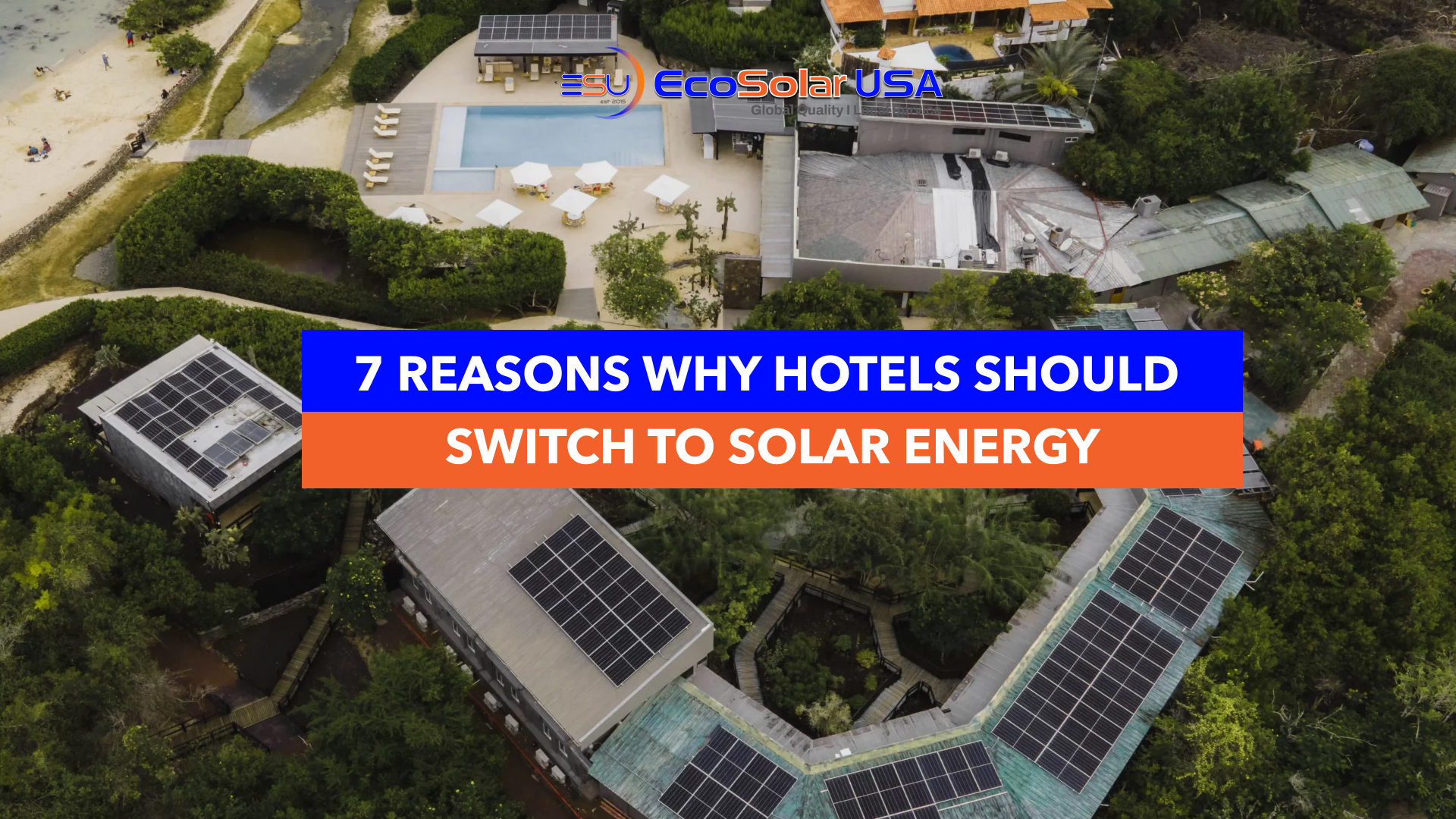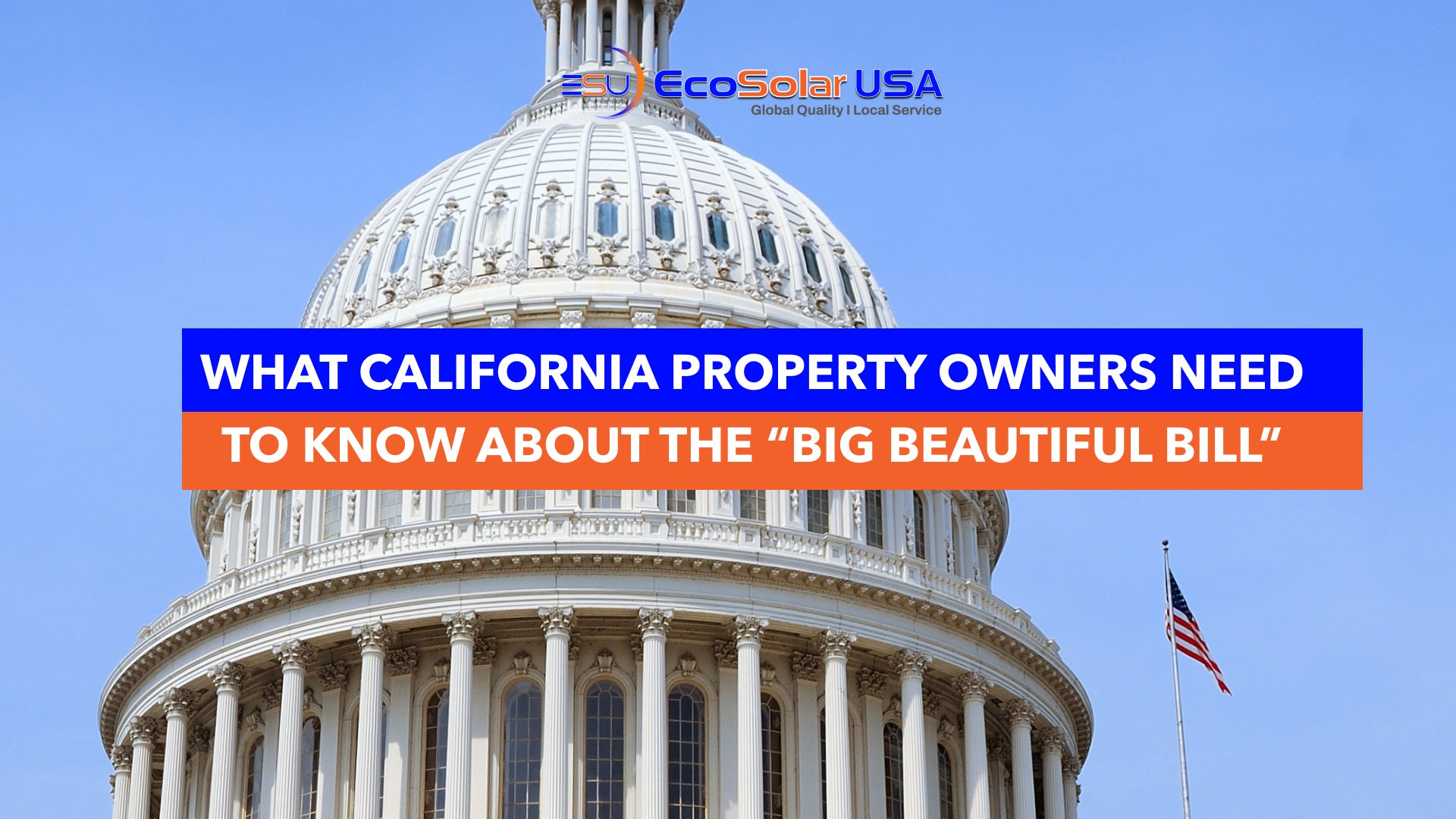
Electricity is one of the largest operating expenses for farms. From irrigation pumps to cold storage, grain dryers, and heavy-duty equipment, power bills can quickly add up. With utility rates climbing year after year, many farmers are turning to solar panels for farms as a way to cut costs, improve efficiency, and future-proof their operations.
In this article, we’ll cover:
- How solar energy for agriculture reduces costs.
- Grants and incentives available for farm solar panel systems.
- How farm owners can take advantage of the Solar Tax Credit for commercial solar.
How Solar Panels Help Farmers Save Money
Switching to solar energy gives farmers long-term control over electricity costs. Here’s why:
1. Reduce Monthly Utility Bills
Installing solar panels allows farmers to generate their own electricity and offset utility bills. Depending on system size, some farms can eliminate a large portion—or even all—of their energy costs.
2. Protection from Rising Energy Rates
Agriculture is highly energy-intensive, and costs keep going up. With a farm solar installation, you lock in your energy costs for 25+ years, protecting your farm from unpredictable spikes.
3. Boost Profit Margins
Farming margins are slim, and every dollar saved on electricity goes directly back into your business. Solar lowers operating costs, helping you stay competitive.
4. Reliable and Low Maintenance
Solar panel systems for farms are durable, require minimal upkeep, and provide consistent energy even in rural areas where grid reliability may be limited.
Farm Solar Grants and Incentives
One of the biggest reasons more farms are going solar is the wide range of financial support available. Farmers can access multiple layers of funding, rebates, and credits.
USDA REAP Grants (Rural Energy for America Program)
- Designed specifically for agricultural producers and rural businesses.
- Covers up to 50% of the cost of solar projects.
- Can be combined with loans or other incentives.
State-Level Solar Incentives for Farms
- Many states offer property tax exemptions, sales tax breaks, and solar rebates.
- Some also provide performance-based incentives, paying you for every kilowatt-hour your system generates.
Utility Rebates
- Certain utilities offer rebates for installing renewable energy systems, lowering upfront costs even further.
By combining USDA REAP solar grants, state programs, and rebates, many farmers reduce installation costs by 50–70% before even applying federal tax credits.
Solar Tax Credit for Farm Owners
The Solar Investment Tax Credit (ITC) is still available for agricultural and commercial solar projects. This powerful incentive makes solar more affordable for farms nationwide.
- 30% Federal Tax Credit: Deduct 30% of your farm’s solar installation cost directly from your federal taxes.
- Commercial Eligibility: Farms and agribusinesses qualify since solar is considered a commercial investment.
- Accelerated Depreciation (MACRS): In addition to the ITC, farmers can depreciate the cost of the system over five years, creating significant extra tax savings.
Example: A farm that installs a $400,000 solar system could save:
- $120,000 with the ITC
- Up to $200,000 through USDA REAP grants
- Additional tax savings through depreciation
That’s potentially over 70% of the system covered, making solar one of the smartest investments for farm owners.
Why Solar is a Smart Investment for Farms
- Reduce operating expenses.
- Protect your business from rising energy rates.
- Access multiple farm solar grants and tax credits.
- Increase property value.
- Strengthen your farm’s sustainability and public image.
With incentives at an all-time high, solar panels for agriculture are more affordable than ever. Farmers who act now can lock in savings and secure funding before incentives phase out.
For farm owners, solar panels are more than just an environmental choice—they’re a long-term business strategy. Between the USDA REAP solar grants, state incentives, and the Solar Tax Credit, farmers can save big on upfront costs and enjoy decades of low-cost, renewable energy.



